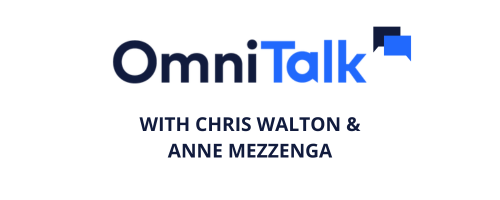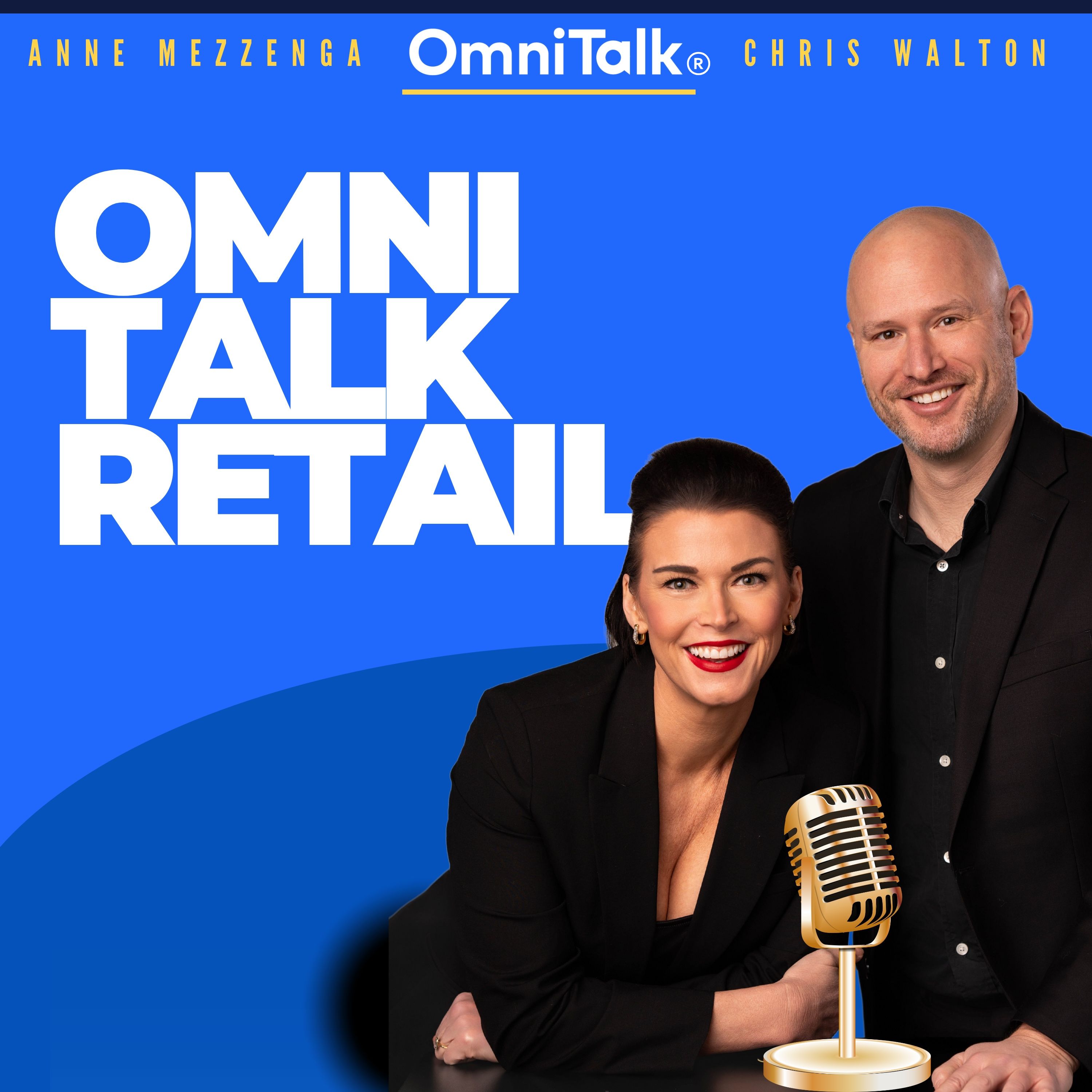Fast Five Shorts | San Diego Bans Digital-Only Coupons
In the latest edition of Omni Talk’s Retail Fast Five sponsored by the A&M Consumer and Retail Group, Mirakl, Simbe, Infios, ClearDemand, and Ocampo Capital Chris Walton and Anne Mezzenga discuss: San Diego Banning Digital-Only Coupons
For the full episode head here: https://youtu.be/xZ2R3c0ZxsU
This podcast uses the following third-party services for analysis:
Podcorn - https://podcorn.com/privacy
Transcript
San Diego has banned digital only store grocery store coupons, according to Grocery Drive, also said grocery dive.
Speaker A:The City Council for San Diego, California unanimously passed an ordinance requiring grocers that offer digital discounts or coupons to make corresponding paper coupons and pricing of identical value available to consumers.
Speaker A:Whoa.
Speaker A:The policy in San Diego is reportedly the first of its kind in the U.S.
Speaker A:in San Diego, according to the city, 53,000 households don't have home Internet.
Speaker A:And in low income areas or vulnerable communities, over 28% of the households don't have broadband Internet access as well.
Speaker A:And this is also the put you on the spot question from our folks at the A and M consumer and retail group.
Speaker A:And they want to know, quote, do you applaud Ron Burgundy's hometown's attempt for promotional equality or critique the means or perhaps both?
Speaker B:San Diego, I think you're going, I think you're going the entire wrong route with paper coupons.
Speaker B:I think this is just.
Speaker B:You do, it's not the right way to go.
Speaker B:I think, like I just mentioned, disenfranchise the 53,000 people.
Speaker B:No, no, no, I do not want to do that.
Speaker B:I.
Speaker B:But I think like I mentioned in the Instacart story, winning in grocery right now is 100% about loyalty.
Speaker B:And it's again, it's going to become even more so as tariffs come into place as, you know, food prices go up.
Speaker B:So I think if I were a grocer right now, I would take a hard look at my loyalty program and just apply these discounts to everyone with a loyalty card.
Speaker B:Go the way of, you know, Walmart plus, of Target Circle, where if you just scrap, scan the barcode, whether that's, you know, your physical barcode that you have on a card or you're doing that in a digital form, put your.
Speaker A:Phone number in at the cash register.
Speaker B:Or whatever, you get the discounts.
Speaker B:Because I think it's more valuable for me as a, in the long run as a grocery store owner to have that information about my customers and to use that for other things like, you know, retail media or better more personalized promotions or things like that than it is for me to go through the expense of producing a circular or having myself be at risk of like, not putting all the right coupons out in time or relying on store labor to put signs up, that kind of thing.
Speaker B:Like, I just think you have to focus on being the best price leader, the most personalized shopping experience for your consumers.
Speaker B:And that comes down to like, focusing hard here on loyalty and not dealing like Paper coupons, man.
Speaker B:It's just a back.
Speaker B:It's, it's going back in time and not taking the right approach.
Speaker B:I, I think that's absolutely the, the wrong, wrong move here.
Speaker A:Yeah, you're right.
Speaker A:And, and the other thing too is like, God, how many bullets are lined up against the average grocer, you know, like how many bullets are in the chamber just making their job just harder, you know, for sure, at the same time.
Speaker A:Right.
Speaker A:You know, you know, right.
Speaker A:Like disenfranchisement is real.
Speaker A:And it's partly why, you know, we, at least for me, like I got, I got into this whole business that we've been in for the past eight years, is to speak out about technology's impact on the end consumer and to make sure it's being utilized in the right way.
Speaker A:So.
Speaker A:But I think the point you're making is really interesting here because the counter is also true, actually, when I think about it broadly in the industry.
Speaker A:So, you know, if, if you're.
Speaker A:As if your store effort couponing is also not.
Speaker A:And discounting is also not transparent, it doesn't play well in the opposite space in the online space.
Speaker A:And I think of Kohl's as an example for that.
Speaker A:So, so in a world where the two things are blending stores and online, you know, from an omnichannel perspective, which is what our show's about, I think you're right.
Speaker A:It does make sense for retailers to be.
Speaker A:And it would be wise for them to get one simplified, easy to understand loyalty promise with their shoppers however they want to do that.
Speaker A:There's lots of ways to do that.
Speaker A:But I think you're right.
Speaker A:That's what this story tells me.
Speaker A:First and foremost as a retail executive, if I'm sitting in the chair, is like, we have to get our loyalty program moving in that direction so that regardless of how people want to shop, we're not encumbered by the legacy infrastructural needs that are going to bring down our business from a cost perspective or be distracting.
Speaker A:So I think, I think it's an awesome point you brought up.



